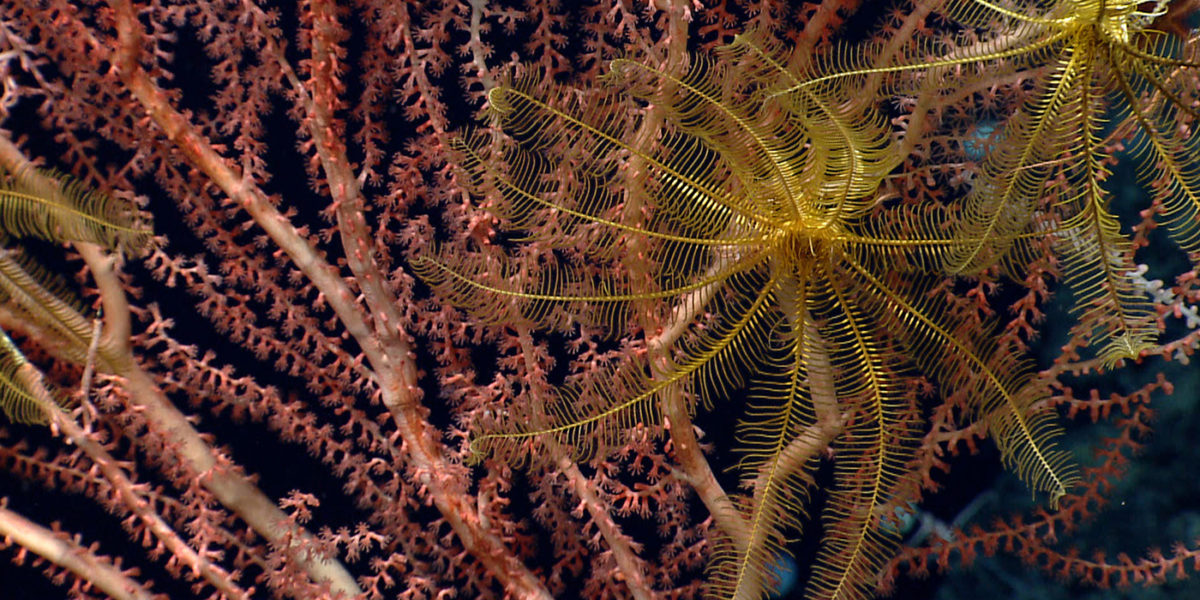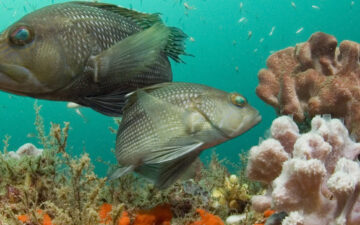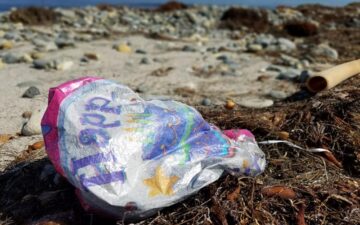While Americans celebrated National Ocean Month in June and spent summer on or near the water, the Department of Commerce began soliciting public comments to review many of our nation’s most important marine conservation sites. The review could lead to a reduction in size for 11 of our marine sanctuaries and monuments. Ordered by President Trump, this review will focus on designations and expansions of marine sanctuaries and marine monuments since April 28, 2007.
From New England to California, approximately 425,000,000 acres of submerged land, water, and coast are at risk.
National Marine Monuments and National Marine Sanctuaries are similar in that they are both marine protected areas. However, there are differences in how sanctuaries and monuments are designated and the laws under which they are established. National Marine Monuments are usually managed by a number of government agencies, like the National Oceanic and Atmospheric Administration (NOAA), or the Department of the Interior, for example. National Marine Sanctuaries are designated by either NOAA or Congress and are managed by NOAA.
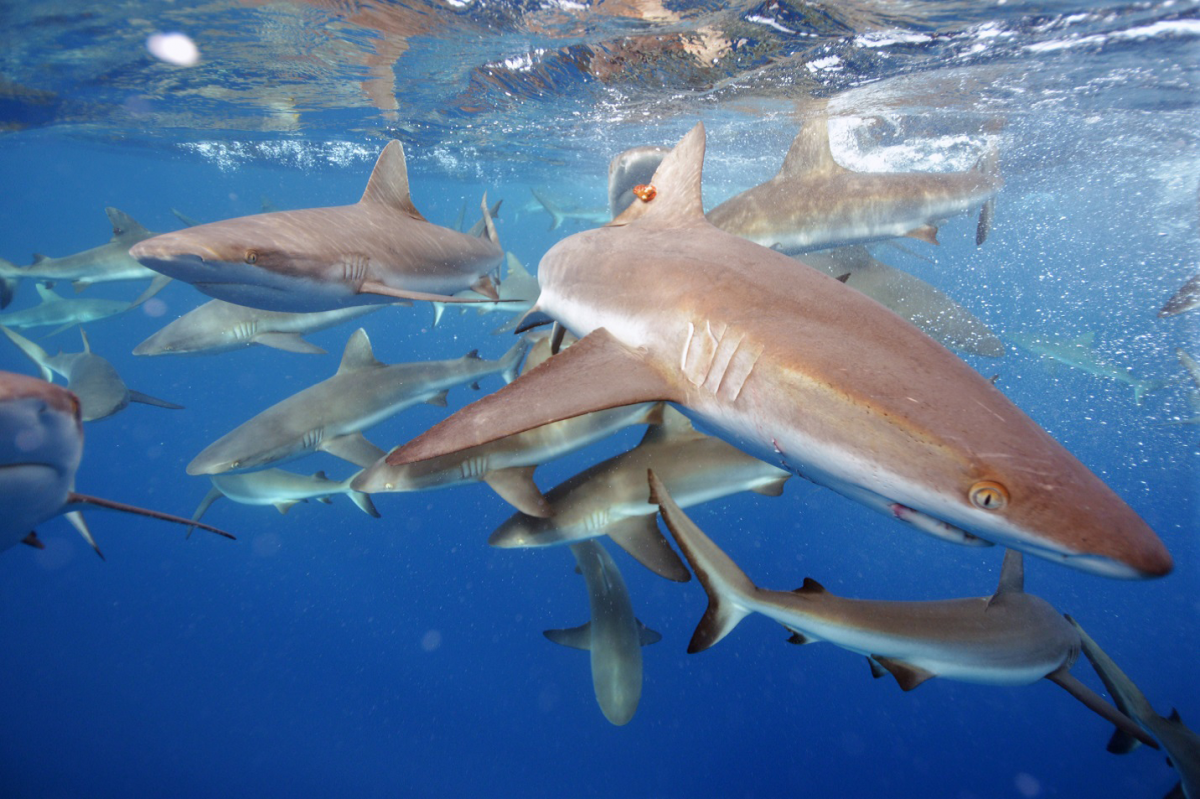
Grey Reef Sharks | Pacific Remote Islands
The Marine National Monument Program and The National Marine Sanctuary Program strive to both comprehend and protect natural and cultural resources through developments in exploration, scientific research, and public education regarding the value of these areas. With a monument or sanctuary designation, these marine environments receive both high recognition and protection. The Marine National Monument Program and The National Marine Sanctuary Program collaborate with federal and regional stakeholders and partners in order to best protect the marine resources in these areas. In total, there are around 130 protected areas in the U.S. that are labeled as national monuments. However, the vast majority of those are terrestrial monuments. The President and Congress are able to establish a national monument. As for the 13 National Marine Sanctuaries, those were established by either the President, Congress, or the Secretary of the Department of Commerce. Members of the public can nominate areas for sanctuary designation.
A few of our past Presidents from both political parties have granted protection to unique cultural, historic, and natural marine sites. In June of 2006, President George W. Bush designated Papahānaumokuākea Marine National Monument. Bush led a new wave of marine conservation. Under his administration, two sanctuaries were also expanded: the Channel Islands and Monterey Bay in California. President Obama expanded four sanctuaries: Cordell Bank and Greater Farallones in California, Thunder Bay in Michigan and the National Marine Sanctuary of American Samoa. Before leaving office, Obama not only expanded Papahānaumokuākea and the Pacific Remote Islands monuments, but also created the first National Marine Monument in the Atlantic Ocean in September of 2016: the Northeast Canyons and Seamounts.
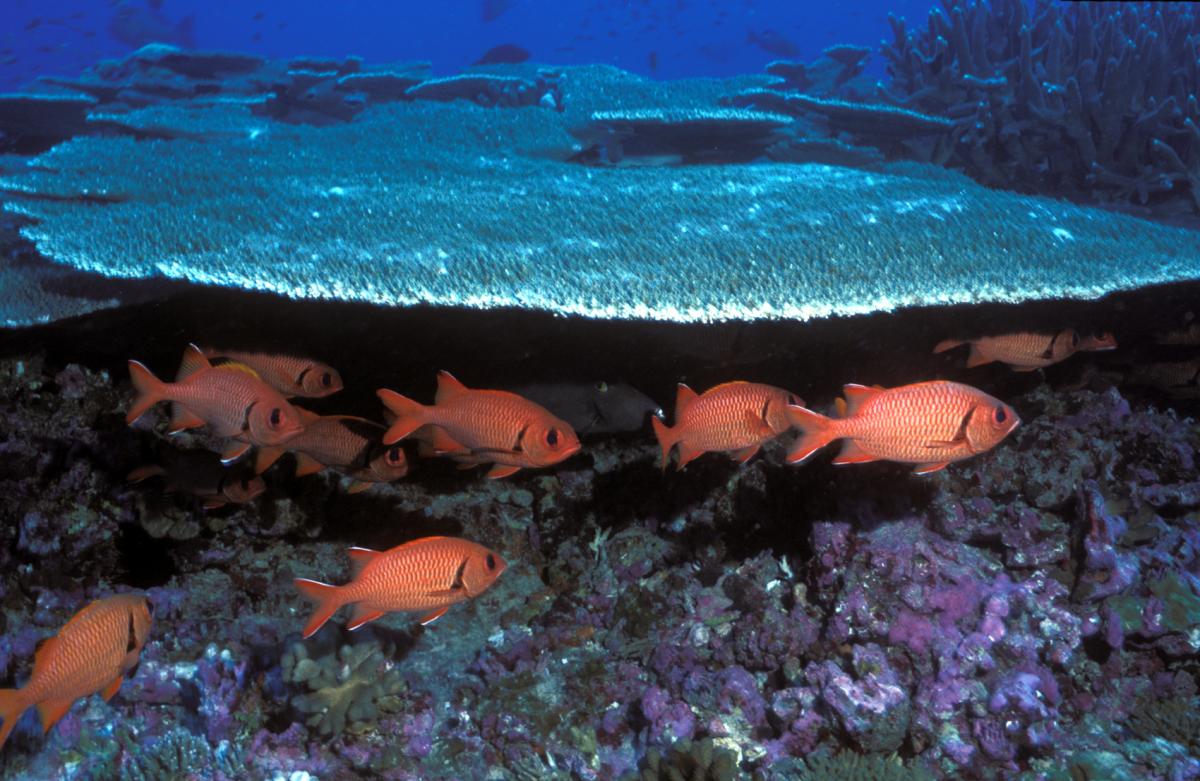
Soldierfish | Baker Island
The Northeast Canyons and Seamounts Marine National Monument, is 4,913 square miles, and contains canyons, corals, extinct volcanoes, endangered sperm whales, sea turtles, and other species not often found elsewhere. This area is unexploited by commercial fishing, mining, or drilling. In the Pacific, the four monuments, Mariana’s Trench, Pacific Remote Islands, Rose Atoll, and Papahānaumokuākea encompass over 330,000 square miles of water. As for marine sanctuaries, the National Marine Sanctuary System makes up more than 783,000 square miles.
One of many reasons that these monuments are important is that they act as “protected reservoirs of resilience”. As climate change becomes even more of a pressing problem, it will be paramount to have these protected reservoirs. By establishing national monuments, the U.S. is protecting these areas that are ecologically sensitive. And protecting these areas sends a message that when we protect the ocean, we protect our food security, our economies, our recreation, our coastal communities, etc.
Take a look below at some exceptional examples of America’s blue parks that are threatened by this review. And most importantly, submit your comments today and defend our underwater treasures. Comments are due by August 15.
Papahānaumokuākea


This remote monument is one of the largest in the world – encompassing nearly 583,000 square miles of Pacific Ocean. Extensive coral reefs attract more than 7,000 marine species such as the threatened green turtle and Hawaiian monk seal.
Northeast Canyons and Seamounts


Stretching roughly 4,900 square miles – no bigger than the state of Connecticut – this monument contains a string of underwater canyons. It is home to centuries old coral like deep-sea black coral dating back 4,000 years.
Channel Islands


Located off the Californian coast lies an archeological treasure trove filled with deep maritime history and remarkable biodiversity. This marine sanctuary is one of the oldest blue parks, which covers 1,490 square miles of water – providing feeding grounds for wildlife such as gray whales.
Photo Credits: NOAA, US Fish and Wildlife Services, Wikipedia
